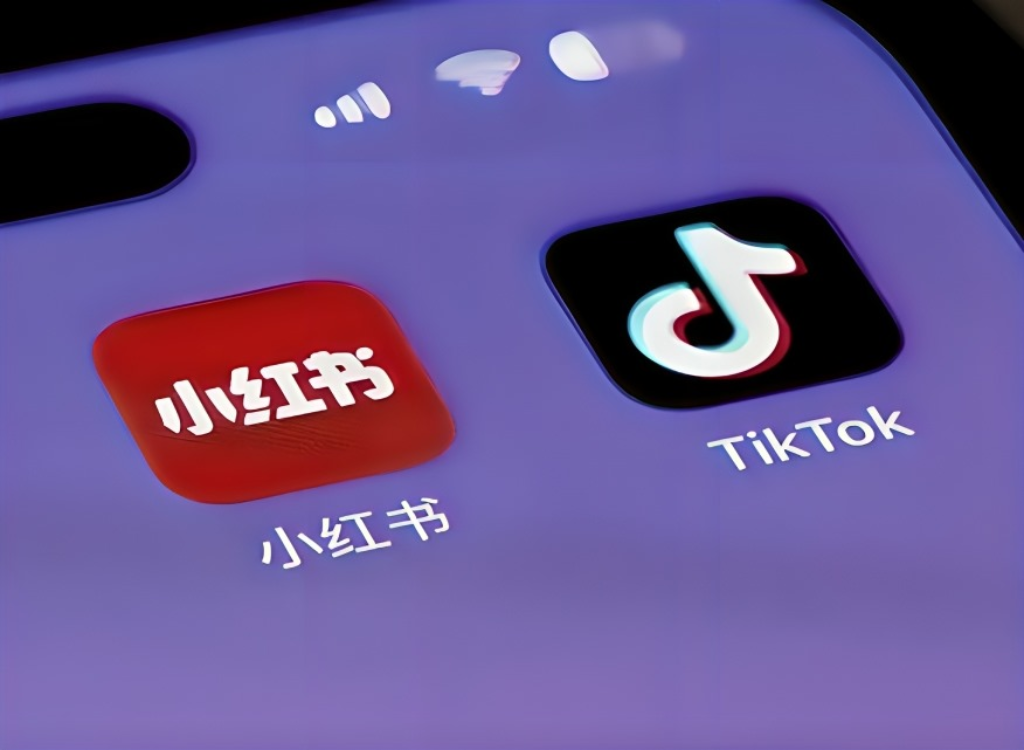In the complex landscape of China-U.S. relations, where tensions often dominate the headlines, the phenomenon of “TikTok refugees” offers a unique and unexpected story of connection.
Amid rising geopolitical tensions and the uncertainty of the Trump administration 2.0, an internet migration has unfolded. As the U.S. government threatened to ban TikTok, millions of American users scrambled to find alternative platforms to preserve their digital communities and creative outlets. Among these so-called “TikTok refugees,” some discovered an unlikely haven: Xiaohongshu, internationally known as RedNote, a Chinese social media app primarily known for lifestyle tips, beauty recommendations, and community sharing.
This digital migration, which began just before the TikTok ban was scheduled to take effect on January 19, the day before Donald Trump’s inauguration – revealed something profound about the relationship between ordinary citizens of the United States and China: a persistent curiosity and goodwill that transcends political divides. At a time when official relations between the two nations were strained, RedNote became an unexpected bridge for grassroots cultural exchange, showing that the desire for connection remains strong.
Amid growing concerns over a potential TikTok ban in the United States, RedNote surged in popularity, claiming the top spot on the Apple App Store’s free downloads chart as of January 13. Following closely behind were TikTok’s Lemon8 and OpenAI’s ChatGPT. A large group of TikTok users in the U.S., identifying themselves as “TikTok refugees,” flocked to the Chinese platform. Many posted videos explaining their reasons for joining a space predominantly used by Chinese-speaking users.
RedNote, often described as a mix of Instagram and Pinterest with an added emphasis on community interaction, became a surprising haven for displaced TikTok users. What unfolded was more than just a migration to a new platform; it was a warm and welcoming exchange between two cultures. Chinese netizens on RedNote actively embraced these newcomers, and both sides engaged in friendly and meaningful interactions.
One endearing activity was “paying the cat tax” (交猫税), which became a unique way for Chinese users to welcome the American newcomers. The idea was simple yet heartfelt: to make friends, you first “pay a tax,” but this tax was a shared love for cats. Users shared pictures of their beloved pets as a means of communication, sparking cross-cultural exchanges about pet ownership and humor. American users, eager to participate, flooded the platform with their own pet photos, delighting their Chinese counterparts.
Another popular trend saw Chinese netizens inviting Americans to help with English-language assignments, dubbed “doing English cloze tests” (做英语完型填空). In return, American users took to learning Chinese, proudly sharing their progress in posts titled “I love you, China” (我爱你中国). The enthusiasm of these TikTok refugees to engage with the language and culture resonated deeply with Chinese users, fostering a sense of mutual appreciation.
Even mathematics became a meme, with Chinese netizens playfully “teaching Americans math.” Chinese users leveraged their strengths in mathematics to assist American students with challenging math problems. This exchange not only facilitated the sharing of study techniques but also deepened mutual understanding of each other’s educational systems.
While governments debated trade wars and military strategies, ordinary citizens found ways to connect directly. These lighthearted exchanges reflected a genuine sense of camaraderie and humor that transcended cultural differences. Such interactions play a critical role in countering the distortion, vilification, and hostility toward China often perpetuated by some traditional Western media. They provide American audiences with opportunities to understand the lives, culture, and values of Chinese people, and break down longstanding misunderstandings and biases. At the same time, Chinese users could experience the friendliness of Americans directly, contrasting with the adversarial image emphasized by some political rhetoric.
As one Chinese user remarked, “This could be a historic moment. The ordinary people of our two countries have never truly connected… I hope everyone can seize this brief opportunity for meaningful exchanges of ideas.” Such exchanges not only help to eliminate misunderstandings and prejudices but also lay a solid foundation for the improvement and development of China-U.S. relations.
The upcoming onset of Trump 2.0 coincides with this unique moment and should draw the attention of U.S. policymakers. In recent times, the U.S. government has adopted a series of hardline measures in its relations with China, such as imposing tariffs and restricting technological exchanges. These policies have not only impacted the economic and technological progress of both countries but have also created barriers to people-to-people communication. The story of TikTok refugees finding a home on RedNote is more than just a curious anecdote; it is a powerful reminder of the untapped potential for meaningful cross-cultural connections.
Ultimately, the most powerful bridges between nations are built by ordinary people reaching out to one another. These connections, rooted in curiosity and shared humanity, have the potential to transform not only digital communities but also the broader trajectory of history itself.
(The Diplomat)











Leave a comment